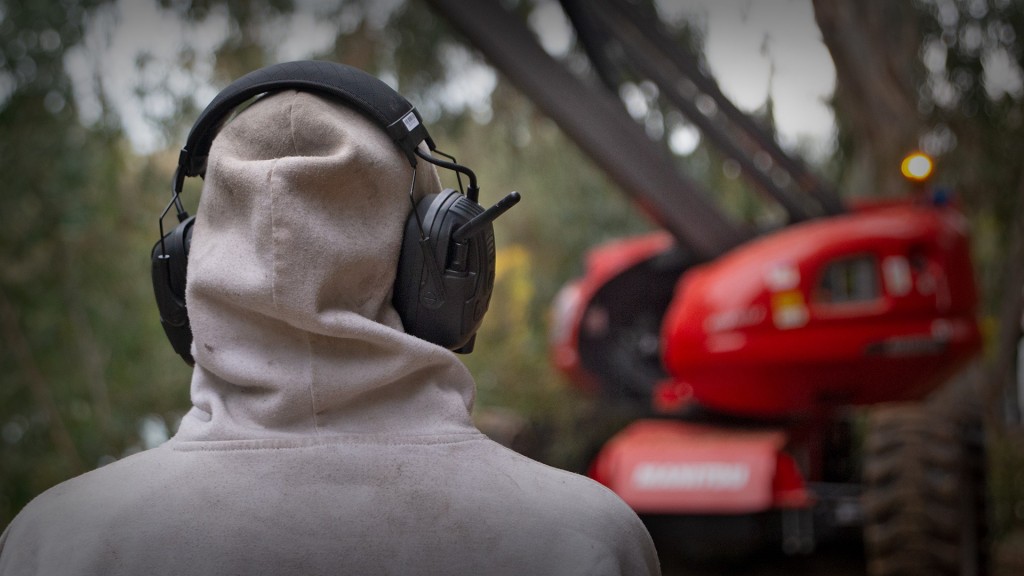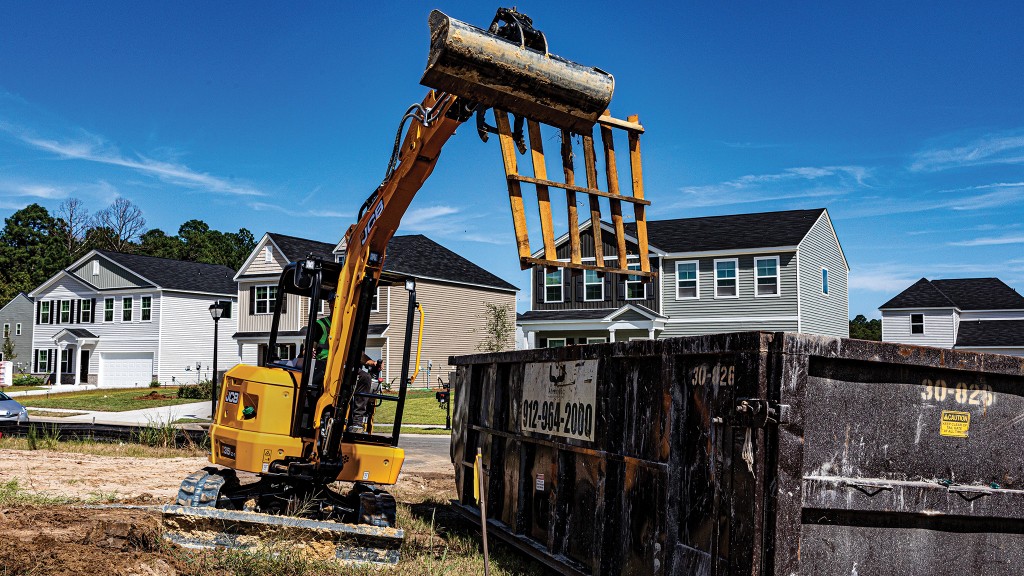
We all know the importance of communication, but for construction site teams, it can be a matter of life or death. Those in construction know how dangerous this work can be–despite advances in tools and safety rules, there are still far too many job site-related injuries every year, many of which are fatal.
Some experts believe that on-the-job accidents primarily occur due to breakdowns in communication. When multiple crew members are on a job site with heavy equipment and/or potentially dangerous operations, precision and attention cannot afford to be missed nor can any instructions be misunderstood.
When communication is poor, productivity drops substantially and risk increases. Crew members have to stop what they're doing to ensure their co-workers hear over the loud equipment, which leads to a duplication of effort and deadline drift. With Congress having finally passed the $1.2 trillion infrastructure package, allocating funds to construction projects from roadways to bridges to airports, the timing is especially good to invest in technology advances for crews seeking to increase safety and their ability to meet deadlines.
While foam ear plugs and ear muffs protect one's hearing, they also prevent effective communication. In order to talk to a foreman, workers would need to remove foam plugs or muffs and shout over a bulldozer's loud operations or use hand signals memorized ahead of time. These are far from reliable–especially if there isn't a clear line of sight. The intermittent stopping of work for ten minutes or more at a time can subsequently add up to hours in a day. These hours can quickly double or triple if there are numerous co-workers and operations impacted. Additionally, interruptions occurring a few dozen times can also become quickly frustrating and affect how the entire team works together and the team's ability to complete projects on deadline.
Construction site safety improves when crews wear wireless headsets to communicate. It allows workers to communicate while continuing on a project. And when an "all-stop" is called, everyone hears it instantly. Those extra seconds of reaction time can mean the difference when lives are at risk and expensive equipment could be damaged or rendered inoperable.
Productivity gets a boost when a construction worker doesn't have to stop working to discuss how issues are being solved, such as positioning equipment correctly or coordinating a complex operation.
Two-way radios are certainly an improvement over yelling across the construction site or using hand signals that may be misinterpreted or not seen by all team members. However, having to pull out a radio is far from ideal, it isn't immediate communication and is not worth chancing a fatality.
Just as radios were a tremendous improvement over yelling instructions over loud construction equipment, new technologies take communication to a safer, more productive level. Advanced wearable intercom systems are ideal for construction teams, providing hearing protection; hands-free communication (including voice commands to the system); the ability to split into smaller groups and then rejoin; and a full-day, continuous-use battery.
Smart communication devices can be integrated with headbands or with hard hat mounts to enable highly fluid team communication. Additionally, teams prefer dynamic mesh communications that work with an unlicensed band versus the traditional two-way radio com systems that are generally subscription-based.
Enhancing worker safety
Mesh communication systems use a wireless mesh network and create interconnections among communication devices. The communications network can be completely autonomous (no base stations are necessary) and always on, so users don't need to press a button to speak.
When utilizing dynamic mesh communications, a self-healing network can be created, connecting up to 15 users within a two-mile range. Multiple teams can be accommodated within a target territory by assigning each to one of many available channels. Users are alerted when their connection to the network is out of range and are automatically added back into the group when they come back into range.
Worker safety is enhanced with these technological advances in wearable communication systems because they provide situational awareness while protecting against loud noise levels. The compatibility of this new networking topology with noise protection hardware provides construction teams with a one-two punch for safety, productivity, and profitability. When ear protection is switched on, it reduces ambient noise to 82 decibels but lets through important sounds like warning signals.
Construction workers can get relief from loud operations such as working with asphalt pavers, backhoes, excavators, and bulldozers. According to the CDC's noise study, bulldozer operators consistently had the highest noise exposures, ranging from a U.S. National Institute for Occupational Safety and Health Recommended Exposure Limit (NIOSH REL) dose of 844 percent to 25,836 percent and an OSHA PEL (Permissible Exposure Limit) dose of 139 percent to 1,397 percent. While the construction industry has established processes for communication over the past decade; unfortunately, the various groups involved in a construction site come and go at different times and often have different priorities.
Because an intelligent communication system can be accessed through voice commands such as "volume up," "battery status," "mute mic," or "mute audio," there's never a need for users to put down a tool or let go of machine controls to change a setting. The system's dynamic mesh is a self-optimizing and self-healing network. If one unit disconnects, the rest of the group stays connected. Once that unit comes back within range, it automatically reconnects to the group.
Although such systems are designed for team communication, private chat is also available and can be set up via a mobile application. Either through voice activation or the click of a contact name, a team lead can be connected to a single worker to have a completely private conversation. FM radio and Bluetooth are also built into these evolved systems, letting workers listen to the radio, receive phone calls, or stream music without removing headgear. Highly customizable, these options can be disabled by those in charge whenever necessary. Such systems are highly resistant to water and dust (IP-54) and include emergency notification capabilities as well. In addition to voice activation, there is the ability to hear the volume at which the user is speaking using a self-hearing/side tone.
A new best practice
Construction workers often find themselves in a catch-22 situation. The protection they wear to protect against hearing damage from noisy equipment can make communication difficult. Continuous exposure to loud noises can be stressful for the mind and body. Lowering sound levels makes construction sites less chaotic, which improves both precision and accuracy. Wireless communication headsets keep clear communication with crews at all times, lower loud noises, and eliminate the need for shouting.
Now is the time for the construction industry to take advantage of new technologies to eliminate less-than-perfect communication whether it's shouting, hand signals, or standard cellular calls. The ability to easily communicate completely, hands-free in real-time while remaining protected from hearing loss must become a best practice for construction workers in the U.S. and around the world.
Shachar Harari is the vice president of business development and head of Cardo Crew Business Unit.



